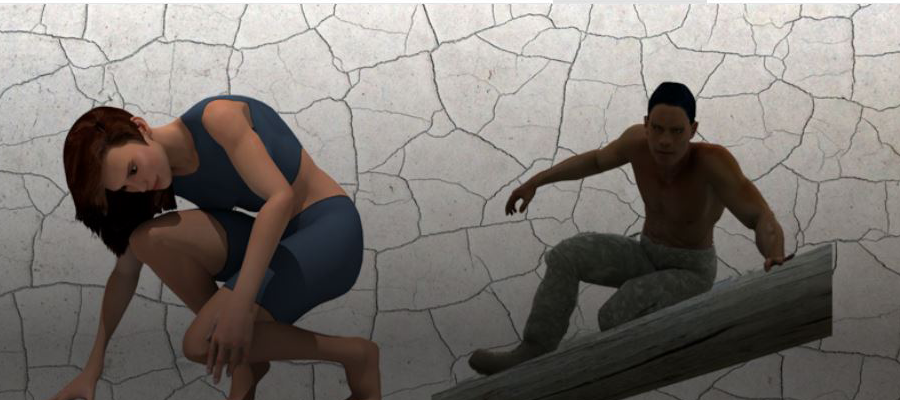Abstract
Exoskeletons are remarkable technologies that improve human strength, reduce fatigue, and restore users' abilities. In this study, a novel physics-based optimization formulation is proposed to find the optimal control of a powered elbow exoskeleton to aid the human-robot collaborative lifting task. The 3D human arm model has 13 degrees of freedom (DOFs), and the 3D robotic arm (Sawyer robotic arm) model has 10 DOFs. The inverse dynamics optimization is utilized to find the optimal lifting motion and the optimal exoskeleton assistive force. The 3D human arm and robotic arm are modeled in Denavit-Hartenberg representation. The electromechanical dynamics of the DC motor of the exoskeleton are considered in the dynamic human-robot collaborative lifting optimization. In addition, the 3D box is modeled as a floating-base rigid body with six global DOFs. The human-box and robot-box interactions are characterized as a collection of grasping forces. The joint torque squares of the human arm and robot arm are minimized subjected to physics and task constraints. The design variables include (1) control points of cubic B-splines of joint angle profiles of the human arm, robotic arm, and box; (2) control points of cubic B-splines of motor current for the exoskeleton; and (3) the discretized grasping forces during lifting. The constraints include joint angle limits for the human arm and robot arm; joint torque limits for the human arm, robot arm, and exoskeleton; human-robot grasping positions; box balance condition; initial and final box locations; and bounds on design variables. A numerical example of lifting a 10 kg box is simulated. The nonlinear collaborative lifting optimization problem is solved using a sequential quadratic programming method in SNOPT, and the optimal solutions are found in 136.11 seconds. The simulation reports the robotic arm’s joint angle and torque profiles, grasping force profiles, the human arm’s joint angles, and the powered elbow exoskeleton’s motor current and torque profiles. The results reveal that the proposed optimization formulation can find the optimal control of the exoskeleton and the optimal lifting strategy for the human-robot collaborative lifting task.
Keywords: motion planning, optimal control, human-robot interaction, powered exoskeleton, inverse dynamics optimization
How to Cite:
Arefeen, A. & Xiang, Y., (2022) “Modeling and simulation of a powered exoskeleton system to aid human-robot collaborative lifting”, Proceedings of the 7th International Digital Human Modeling Symposium 7(1): 22, 11 pages. doi: https://doi.org/10.17077/dhm.31768
Rights: Copyright © 2022 the author(s)
Downloads:
Download PDF
View
PDF

